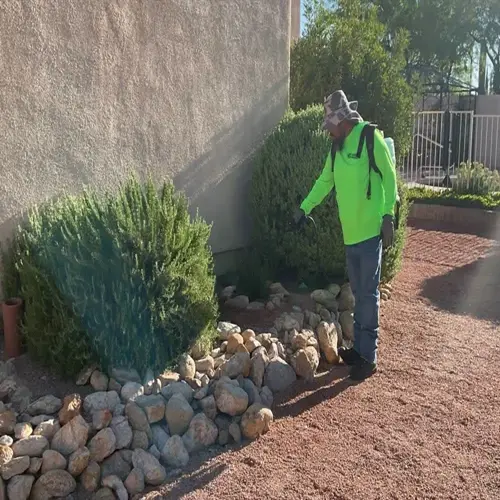Can plants alone prevent soil erosion?

Written by
Nguyen Minh
Reviewed by
Prof. Martin Thorne, Ph.D.Plants defend against erosion through their root systems, but they are often insufficient on their own. Heavy rain events have the velocity to overwhelm vegetative defenses, particularly on steep slopes. I have observed them strip hillsides of all ground cover, despite the plantings being dense. The best defense combines plants and structural methods. Layers to the defense can withstand extreme weather with consistency.
Root structures establish natural anchors. Native grasses synthetically form surface netting that collects loose, suspended soils. Shrubs such as juniper have woody roots that expand sideways. Trees extend taproots into the subsoil. Incorporate these into areas aligning with each type's attributes. Slopes that are 25 degrees or less nearly always stabilize with just effective planting.
Where Plants Excel
- Absorb rainfall impact on gentle slopes under 25°
- Improve soil structure through root growth over time
- Provide sustainable long-term erosion control once established
Where Plants Need Support
- Extreme slopes over 35° require terraces or rock walls
- High-velocity runoff areas need diversion channels
- Newly planted zones need temporary matting protection
Critical Combinations
- Geotextile fabric under mulch for immediate protection
- Check dams with willow plantings in gullies
- Terrace edges reinforced with deep-rooted shrubs
Slopes steeper than 30 degrees require hybrid solutions. Coconut matting is laid at installation until plants establish. Rock check dams, built at gully points, will work in conjunction with willows, their roots creeping through the structures. Within two growing seasons, the plants do all of the erosion control work.
Coordinate techniques with rainfall patterns. In monsoon climates, install French drains above plantings. In arid regions, establish succulent ground covers such as ice plant. Always incorporate organic mulch for moisture retention. These measures allow vegetation to thrive under unfavorable moisture conditions.
Seasonally monitor your solutions. Fix matting rips before winter storms. Re-establish vegetation in thin areas. I take before-and-after photographs for documentation. Within two years, a self-sustaining system can be achieved with proper design. When maintained properly, your plants should become permanent slope anchors.
Plants are the living heart of erosion control, but they reach full power with intelligent extra support. Start with your deep-rooted natives; when appropriate, add temporary structures, and before long, you will see how nature and engineering work hand in hand to produce incredible slope stability.
Read the full article: 9 Effective Ways to Prevent Soil Erosion

